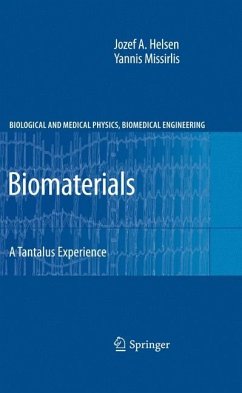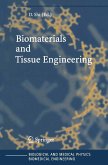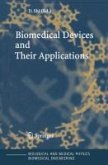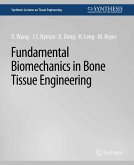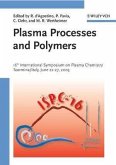Replacement of a failing hip joint or other defective organs in the human body by artificial 'spare parts' has significantly improved our quality of life. These spare parts have to meet a wide spectrum of mechanical, chemical and design requirements. In this book, the properties and selection of materials for such `spare parts' are deduced from case studies at the start of each chapter. Hard tissue replacements (joints, long bones, dental), soft tissue (heart valves) and tissue engineering are included. The chapters also detail the three generic classes of materials: alloys (including shape memory alloys), ceramics & glasses and polymers. Separate chapters are devoted to the toxicity of implants, the metals zirconium(-zirconium oxide), tantalum, niobium and metallic glasses, soluble metals and Rapid Prototyping techniques for the fabrication of custom made prostheses. The book concludes by a chapter on water as water is always 'there' and conditions the interaction between body and implant. Water is the very matrix of life on earth. A peculiarity of the book is its 'perspective view', meaning that the authors looked behind the present biomaterials' décor and included historical backgrounds (real and mythological), future developments, and the relation to nature (plants and geology).
Dieser Download kann aus rechtlichen Gründen nur mit Rechnungsadresse in A, B, BG, CY, CZ, D, DK, EW, E, FIN, F, GR, HR, H, IRL, I, LT, L, LR, M, NL, PL, P, R, S, SLO, SK ausgeliefert werden.
From the reviews:
"This book is a textbook on biomaterials science which also includes a liberal helping of philosophy and history of science with numerous references to literature, Greek myths, and art. ... The volume consists of 15 chapters and a series of appendices containing relevant physical, crystallographic, electrochemical, and solution data. ... In addition, each chapter includes some or all of the following: historical relevance, philosophical ideas, literary references, Greek mythology ... which may provide 'food for thought' for the current and next generation of biomaterials scientists." (Carole Perry, Materials Today, Vol. 14 (5), May, 2011)
"This book is a textbook on biomaterials science which also includes a liberal helping of philosophy and history of science with numerous references to literature, Greek myths, and art. ... The volume consists of 15 chapters and a series of appendices containing relevant physical, crystallographic, electrochemical, and solution data. ... In addition, each chapter includes some or all of the following: historical relevance, philosophical ideas, literary references, Greek mythology ... which may provide 'food for thought' for the current and next generation of biomaterials scientists." (Carole Perry, Materials Today, Vol. 14 (5), May, 2011)

